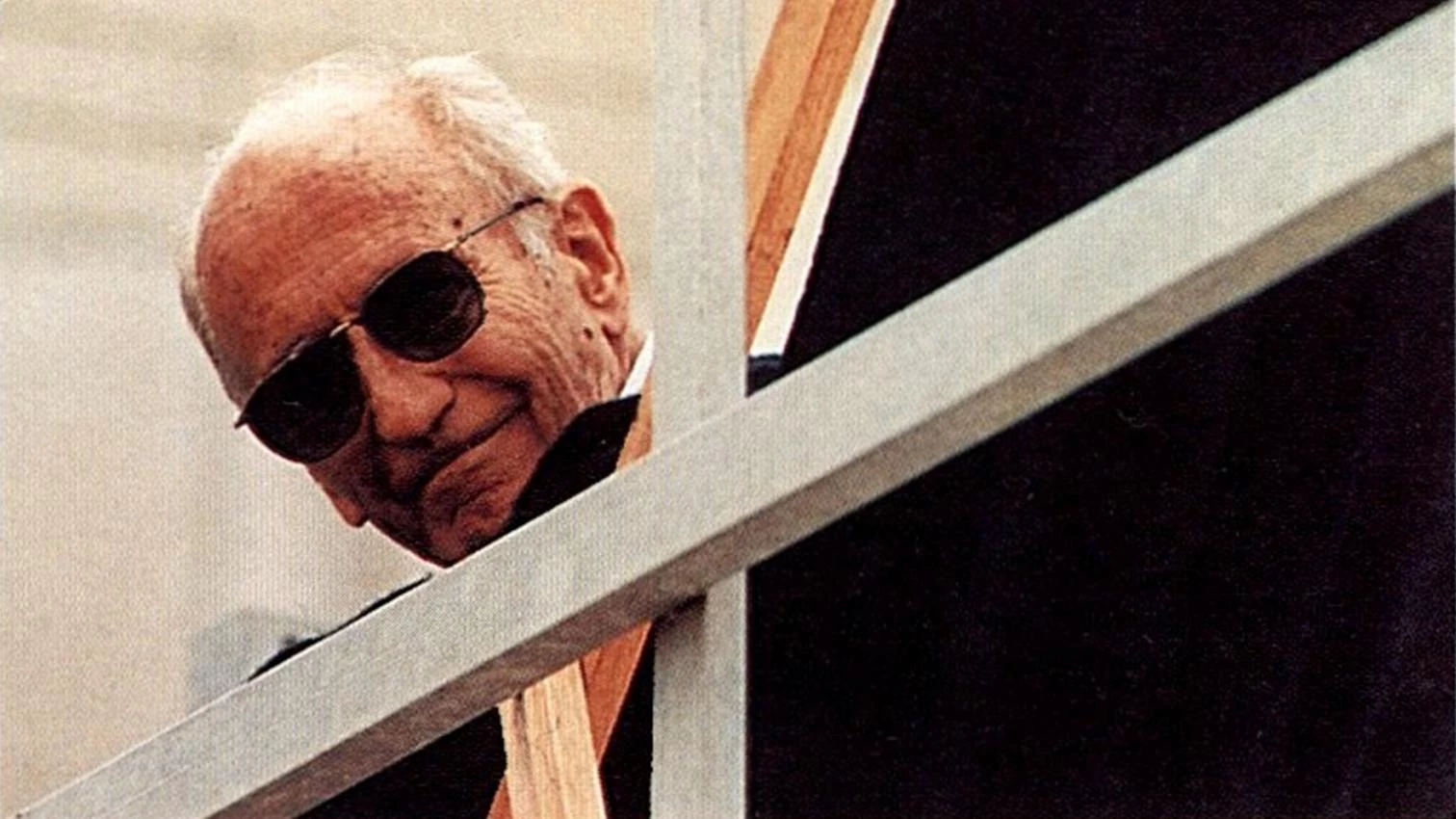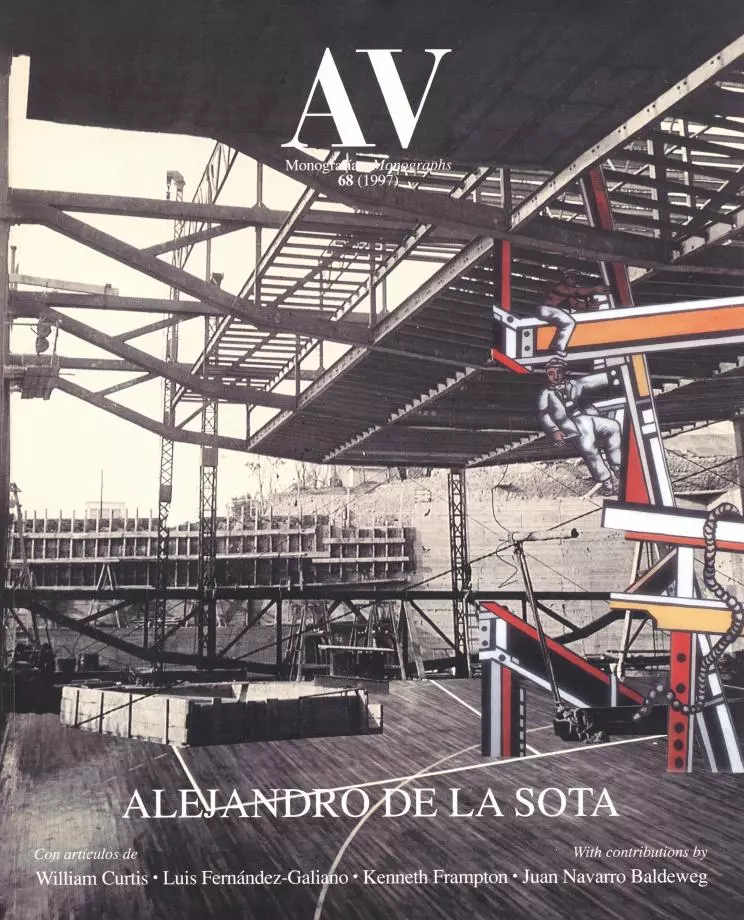
The men of the Renaissance aspired to reconcile pleasure with power and wisdom. According to Platonic tradition, human life was to combine voluptas, potentia and sapientia, and this was the origin of many a humanistic dissertation that recommended the simultaneous emulation of Paris, Hercules and Socrates, or the joint veneration of Venus, Juno and Minerva. In the usual ternary ordering, such insistence on the multidimensional variety of life is occasionally expressed as a desire to integrate the delightful, the practical and the theoretical, in line with the powers of a soul that is allegedly endowed with sensibility, strength and intelligence. These trinities, which will remind architects of the venustas, firmitas and utilitas of the familiar Vitruvian triad, had their canonical expression in the much repeated presentation of the three lives: vita voluptuosa, vita activa, vita contemplativa; three lives which at times appear as alternatives, as they do to Poliphilo in the famous scene that has him choosing among three doors leading to love, earthly success and divine glory, and other times as successive stages, not too different from the archaic three ages of man - ardent youth, active adulthood and reflective old age - which allow one to reconcile diversity by arranging it chronologically. Here it is the latter interpretation of the three lives that serves as a rhetorical device for a narrative orchestration of Alejandro de la Sota’s professional biography, a trajectory which is stubborn in some essential convictions but also dislocated at some points by several existential fractures... [+]





